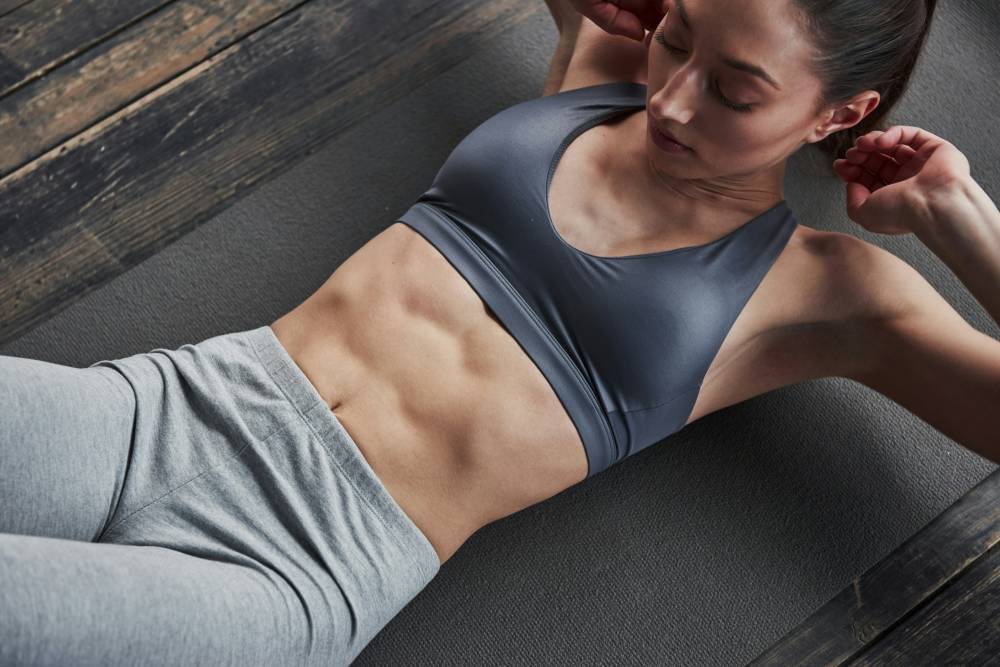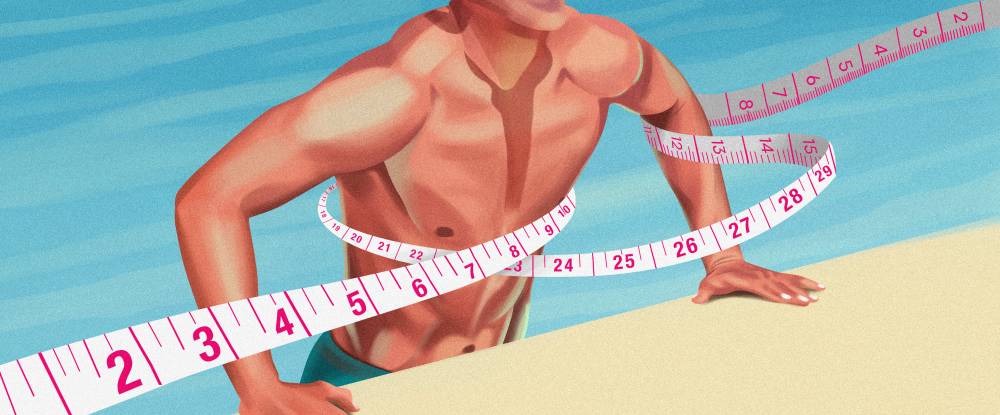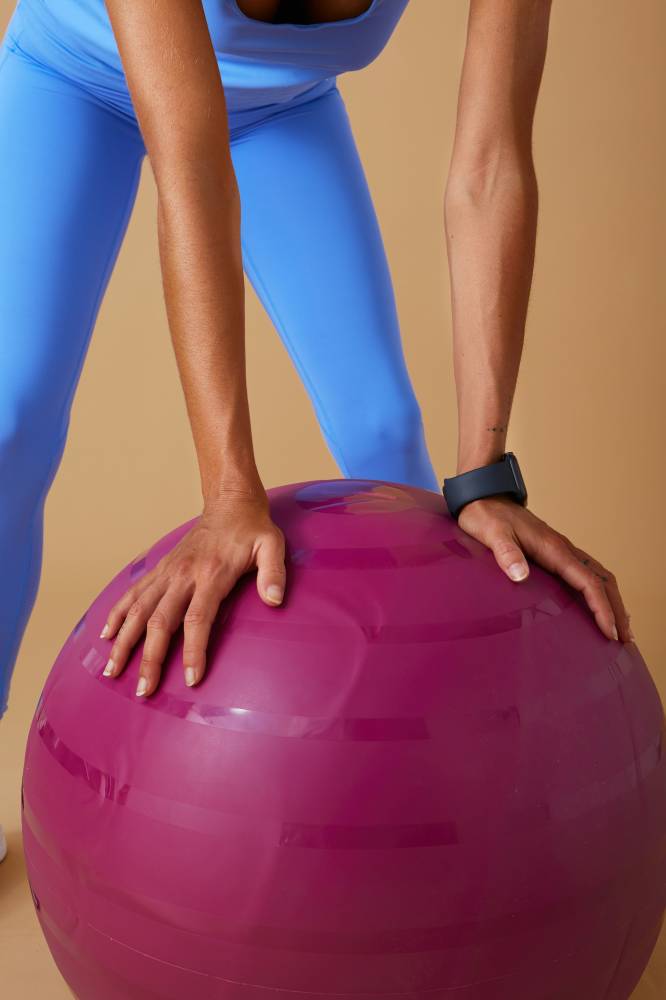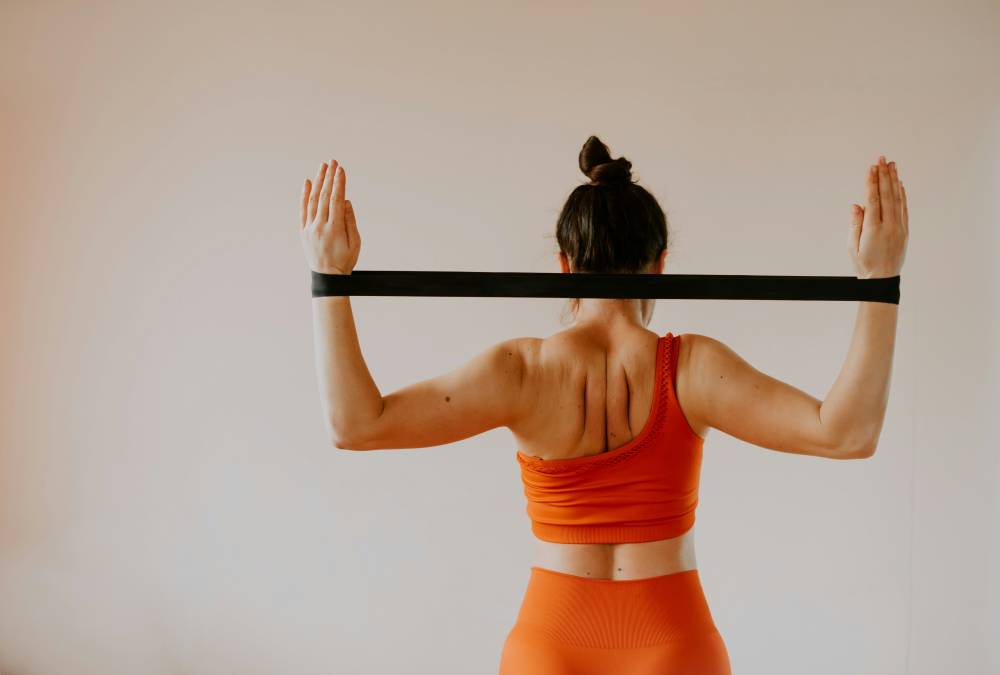Beyond abs: Your midsection can be the mirror of your overall health and function

Over the years, the most common concerns I hear from people are about slimming their waist and getting well-defined abs. In truth, you can’t spend most of your time doing only ab workouts, as this can create an imbalance (often disregarding other essential body parts—back and deep core muscles) and eventually lead to injuries. Additionally, focusing solely on calorie restriction and excessive calorie burn to shed fat can be counterproductive, as this extreme strategy can lead to stress and hormonal imbalance, which can develop into more visceral fat (fat surrounding your internal organs) that primarily affects your overall health.
The appearance of one’s midsection can already tell a lot of valuable information about a person’s health status. Studies have linked excessive belly fat (especially the deeper visceral fat) with chronic health conditions such as type 2 diabetes and cardiovascular diseases. It can also negatively affect one’s overall physical function due to movement inefficiency and core strength issues. Addressing superficial belly fat, visceral abdominal fat, and core health together is essential for achieving optimal health and function.
Here are some of the best solutions to achieve this type of balance in your midsection:
• Calorie control for getting rid of the extra superficial belly fat
• Stress management and hormone-balancing lifestyle plan for visceral fat
• Balanced workouts for core health- the more injury-free and functional you are, the more capable you are in burning off your deep and superficial fat
1. The stubborn belly fat
The superficial belly fat lies just beneath your skin and on top of your abdominal muscles, which can be readily pinched. The accumulation of this type of fat depends on your genetics, how you eat, and how much you move. It can also be mistaken for bloating. Excessive subcutaneous fat can have a spill-over effect, leading to insulin resistance that increases visceral fat.
Achieving well-defined abs can be possible, especially if you are young (20s or 30s) with good skin elasticity and are free from hormonal issues. In our modern fitness-focused times, even older people can achieve this type of body through consistency and full focus. However, this requires hours of daily workouts and strict dieting, which won’t be sustainable and can cause excessive stress to the body. So what’s the best, most natural, and doable way to get rid of extra belly fat?

1. There is no spot reduction. You need to achieve overall fat loss through caloric deficit. It depends on your body type. If you are top-heavy, you will need to lose more weight to feel significant changes around your midsection.
2. Develop more muscles overall in your body to achieve a higher metabolism needed for effective fat burn.
3. Control your food portions and opt for higher-quality protein and fewer ultra-processed carbohydrates and fats.
2. The visceral fat that wraps around your internal organs
Visceral fat says a lot about your overall health. To assess your health risk, use a scale analyzer that estimates body fat, and check other health markers (high fasting blood sugar, elevated HbA1c, high blood pressure, triglyceride, low HDL or good cholesterol, and elevated insulin levels), and you can check your waist-to-hip ratio (WHR):
Wrap a tape measure around the smallest part (or belly button) of your waist and the widest part of your hips.
Divide the waist by your hip measurement. Women should aim for a score of 0.85 or less, and men should aim for a score of 0.95 or less.
Aside from genetics, sitting too much, and overeating, fat accumulation is greatly influenced by a disrupted hormone regulation, which can be incredibly triggered by several key factors:
Stress
You can look slim on the outside, but carry unhealthy levels of body fat, linked to serious health risks, known as being ‘skinny fat’ or MONW (metabolically obese normal weight), occurring as a result of chronic stress, which leads to higher cortisol levels that promote the storage of abdominal fat. Focus on adopting a well-balanced, stress-reducing diet (but avoiding excessive dieting) and incorporating mood-boosting workouts that align with your body type and current health needs.

Blood sugar imbalances
Late-night eating, high sugar/high-carb (especially refined) diet, and alcohol consumption can cause blood sugar imbalances, promoting insulin resistance, which primarily attracts more visceral fat. To support healthy insulin levels, reduce consumption of sugary foods and ultra-processed carbs, especially at night, as they can disrupt insulin levels. Aim to eat your last meal at least three hours before going to bed.
Hitting midlife
Hormonal shifts in women during perimenopause/menopause, such as a decrease in estrogen, contribute to more fat storage, especially around the midsection. The same pattern happens in men as testosterone levels decline with age. However, you can still maintain optimal health in your 40s and beyond by engaging in regular physical activity, such as strength training, and eating a diet that supports hormone balance, including more high-quality protein, healthy fats, and high-fiber foods.
Poor sleepLack of sleep disrupts the balance of cortisol and ghrelin (a hunger hormone that increases appetite) and decreases leptin (a satiety hormone that makes you feel full). So, aim for 7 to 8 hours of quality sleep, which is key to reducing visceral fat.
3. Your core, explained….
Core is more than just your abs.
It is a combination of superficial (abs, waist, and low back) movers and deep stabilizing muscles around your midsection, plus the supporting muscles around the hips and pelvis.
Core strength is the foundation
Improving core control and strength should be prioritized before you engage in more challenging exercises to prevent injuries and to make you more effective in your desired daily activities—housework, sports, and preferred exercises, all important for achieving the following:
• balance and fall prevention
• proper posture while sustaining daily repetitive movements
• lifting heavier weights during workouts without injuring the back
• achieving a higher level of movement performance in your desired sports

Core muscle building for a flatter belly and a well-defined midsection
You can strengthen your core, develop your ab muscles, and reduce your waist at the same time by building muscles around the core that significantly contribute to improved metabolism (higher calorie burn) and a more streamlined midsection (smaller waist, less back fat, and more defined abs).
The most effective workouts for a solid coreWorkouts that can target both the deep (stability training) and superficial (movement) muscles around your midsection give you the best results for achieving definition, muscle building, injury prevention, calorie burn, and movement performance such as functional strength training, Pilates, yoga, barre class, circuit training, and fusion class. These are functional and compound workouts that strengthen the core in all planes of motion (for flexion, extension, side flexion, and rotation), in various body positions (standing, kneeling, sitting down, quadruped, prone, supine, and side lying), using bodyweight or other forms or external resistance (dumbbells, stability ball, bands, cable machines, etc) while executing proper breathing techniques.
But first, let’s stick to the basics. You will need to perform these essential core exercises before engaging in the various activities mentioned above.
Here are the significant pointers to execute a core workout routine safely and effectively:
Visualize your center: Think of your core (front, sides, and back or your midsection) as you execute the exercises.
Breathe properly: Inhale to prepare (and inflate your belly with control) and slowly exhale (and gently draw your belly in or squeeze your abs) as you exhale effort.
Execute movements safely: Maintain a neutral spine (avoid excessive rounding and arching of your back). While moving your arms, draw your shoulders back and down to avoid neck discomfort. Practice core stability by avoiding extra movements from your core as you move your upper and lower body, with some moves requiring balance, such as standing hip extension and bird dog
Progress gradually: Increase the repetitions, make the moves slower for more control, add extra resistance (use dumbbells or other exercise props), and/or perform more challenging variations (like planking on hands) as you get used to the exercises.
3 exercise props than can challenge your core more
- Stability ball – you can get more range of motion since it provides a pre-stretch for the abs, back, and waist. It is effective for dynamic balance work, back extensions, and crunches (ab and oblique crunch)
- Exercise band or rubber tubing – this will add more resistance for your chosen ab workout like standing crunche and all the upper body movements that you combine with your core workout.
- Sliders – engage your core more by progressing your plank exercises with added movements. You can put your feet on top of the sliders so you can do alternating knee tucks (or controlled mountain climbers) or pikes.

















